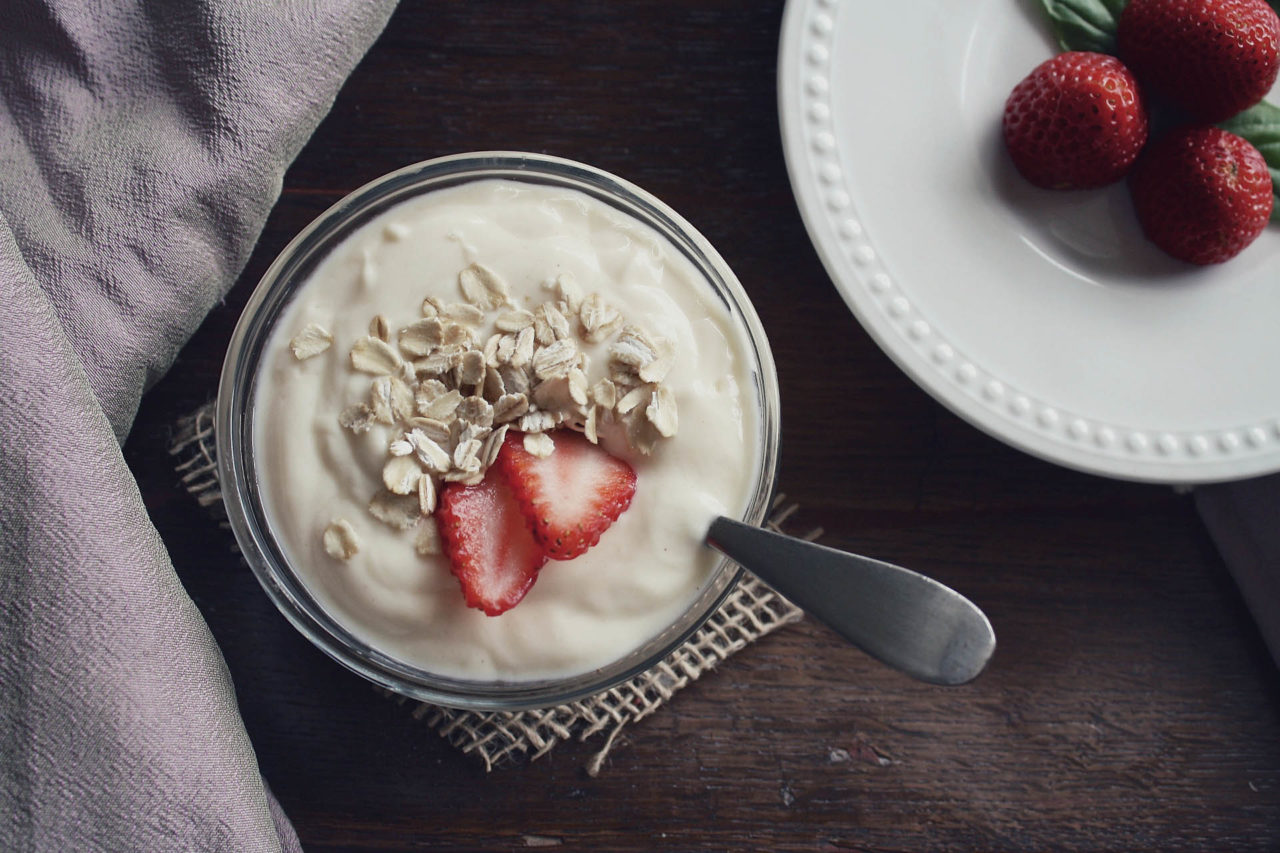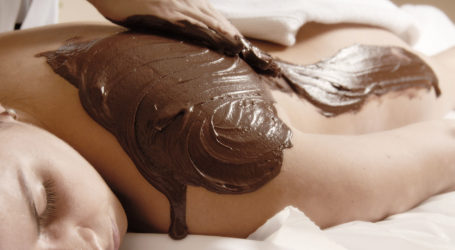Homemade yoghurt: something for the live-culture vultures
Yoghurt. We get through masses of it in our house. In fact, most things I cook for my children go well with yoghurt – breakfast, lunch or dinner. There’s the blob of fruity yoghurt my six-year-old likes to perch on top of her breakfast cereal or the plain blob my three-year-old likes with her buttery cinnamon honey-spread toast. There’s also been yoghurt blitzed into a lassi with water and any soft fruit that has been looking longingly at my blender. Fast forward to lunch and dinner and, used as a condiment, plain yoghurt is seasoned with a pinch of salt, scrapings of raw garlic and thinned with water or lemon juice to spoon over soups or dress vegetables or lentils and pulse dishes such as a dal.
Cucumber, given this yoghurt fix, is no longer a sandwich sidekick but a standalone dish. With the addition of herbs (I find mint, dill or coriander particularly flattering), yoghurt is my definitive dressing for raw vegetables come these summery months. Carrots, radishes, lettuce, green beans and fennel all like a little yoghurt. And that’s just the vegetables. Used more like a sauce, seasoned yoghurt spooned over spiced hot chicken or lamb dishes is the perfect foil. A slick of olive oil – or better still, browned butter – makes yoghurt really sing.
Making your own yoghurt is extremely easy, like making bread with a sourdough starter. I enjoy cooking methods that have a sense of continuum to them. Reserve a little of your finished yoghurt to start off your next batch – the initial pot of yoghurt will make four or five batches (any more and the flavour becomes almost too strong, and the setting qualities of your yoghurt will decrease).
Once in the rhythm of yoghurt making, you’ll be spurred on to use more in your cooking. Supply and demand: soon enough, yoghurt will be on everything.
Homemade yoghurt
(makes about 750g)
1 litre full-fat milk
100g live plain yoghurt (the ingredients information on the yoghurt container will confirm whether it contains live cultures)
Gradually heat the milk in a very clean, heavy saucepan that is no more than two-thirds full (to stop the milk foaming over the top of the pan).
Bring to the milk to the boil, stirring constantly to prevent the milk sticking and burning, which will spoil the yoghurt.
Turn down the heat to a simmer and reduce the milk by about a quarter, stirring from time to time.
Remove the pot from the heat and pour into a ceramic, glass or stainless container to let the milk cool, which takes a good half-hour or more. You want the milk hotter than tepid but not scalding (too hot and it will kill the cultures in the live yoghurt).
When the milk reaches a good temperature, stir the yoghurt in.
Cover with a plate, a lid or plastic wrap and put somewhere warm and draft-free. A turned-off oven with the pilot light left on, an airing cupboard or in a thermos is ideal. If the room is too cool, the yoghurt will take longer to incubate. The milk should not be disturbed as it turns into yoghurt.
The yoghurt is ready when it has the consistency of custard. This could be as soon as four to six hours, but I find if you leave it overnight (eight hours), it’s perfect. Should you want a really thick yoghurt, strain it through a muslin or clean cotton cloth for several hours.










